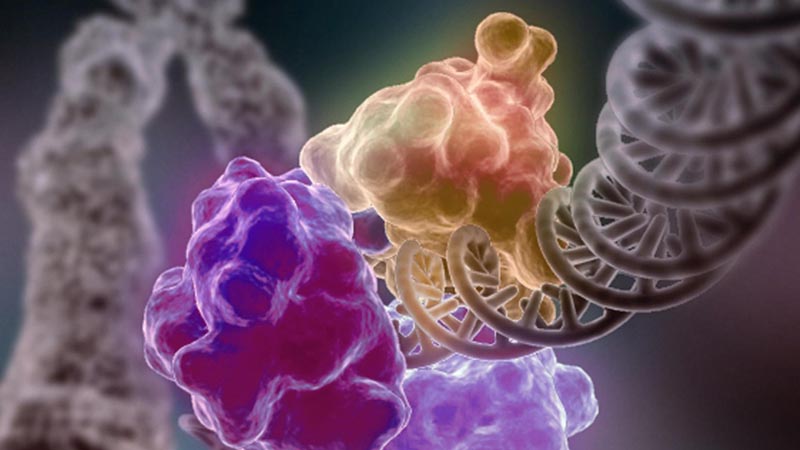
Where there is hope…
The old theory that damage to DNA spells bad news is now turned on its head.
It has been discovered that brain cells actually break their own DNA to enable us to learn and form memories.
Moreover, the damage caused by such breaks is surprisingly necessary, because it allows the expression of a set of genes, called early-response genes, which determine various processes that are vital in the creation of long-lasting memories. Such damage is then repaired, but the repair system deteriorates during aging, resulting in the degeneration of our brain cells.
The research group, headed by Li-Huei Tsai, at the Massachusetts Institute of Technology (MIT) had previously discovered, through their experiments on mice, that such DNA breaks did in fact exist in the hippocampus region.
Further research into early-response genes and the connected neuronal activity will help us understand better how the repair system deteriorates with age, and hopefully enable us to find some kind of remedy that slows down the deterioration, even in serious cases associated with aging.
And if the already designed further studies to find out more are ultimately successful , we may well be able to eventually find a cure for Alzheimer’s disease , or at least a drug that alleviates its tragic effects.

